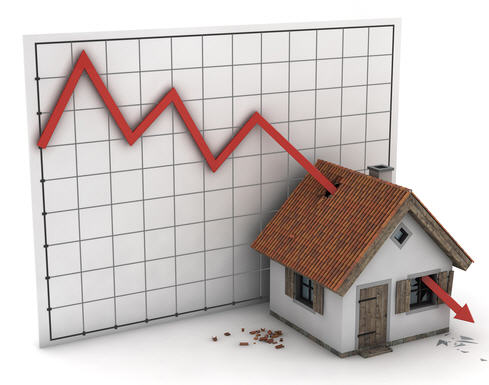
It's sensible to have a list of everything in your home in case you are faced with sudden
catastrophe, or even just the theft of a few items. If your home was destroyed by fire or flooding, how could you remember all the possessions that you have gathered over the years and claim for their value with your insurance company? Without a home inventory you risk having inadequate home insurance in place in case of emergency. Make sure you update your inventory regularly with each new purchase, while the details are still fresh in your mind.
Paper Inventory
The rather daunting but traditional way to create an inventory is simply to list all your
possessions, with a description of what each item is, where and when you purchased it along with the make and model. Having proper documentation will also help with the claims process. Keep purchase receipts and credit card statements to clip to your list.
For clothing, simply count each category (how many pairs of shoes, how many coats) and make notes on especially valuable items. Quantities of books, CDs and similar items can be estimated.
With larger appliances, it is helpful to make a note of the serial numbers which can be located on the back or underneath. Start with newer household items and work backwards. Don't forget to look in cabinets and closets! Have valuable items checked for their value, as it may have increased considerably since the date of purchase.
Try not to be overwhelmed. Focus on one room at a time, not forgetting your basement, attic, garage and any other detached buildings on your property, like sheds.
Picture Inventory
Photos are very useful for keeping a visual record of both rooms and individual items. Note on the back of the photo what the item is, the make and model and where it was purchased. These photos will then be your proof of ownership of the items you describe. You could also use a video recorder or tape recorder and walk around your home describing all the contents. The best inventories combine both written and photographic information.
Create your own list using a simple spreadsheet, or you can take advantage of the many free packages that will help you make a home inventory list using your personal computer.
Storing your inventory
It makes good sense to keep a copy of your home inventory stored somewhere safe away from your house, like in a bank safe deposit box. Online tools are also useful, for keeping a record of your information easily accessible on the internet whenever you should require it.
Online Inventory Tools
There are many good online tools that allow you to scan in items using their barcodes, like Delicious Library, an inventory application for Mac or iTrackMine, which goes as far as generating a report for you that you can give straight to your insurance agent. A spreadsheet, combined with photographs, is a simple but effective tool for keeping your information, and it can be uploaded to a secure online account.
About the author
Lynn Darsow has extensive experience in home security. She enjoys blogging on the topic and her articles mainly appear on homeowner blogs. Click here for more information on the latest home security measures.






